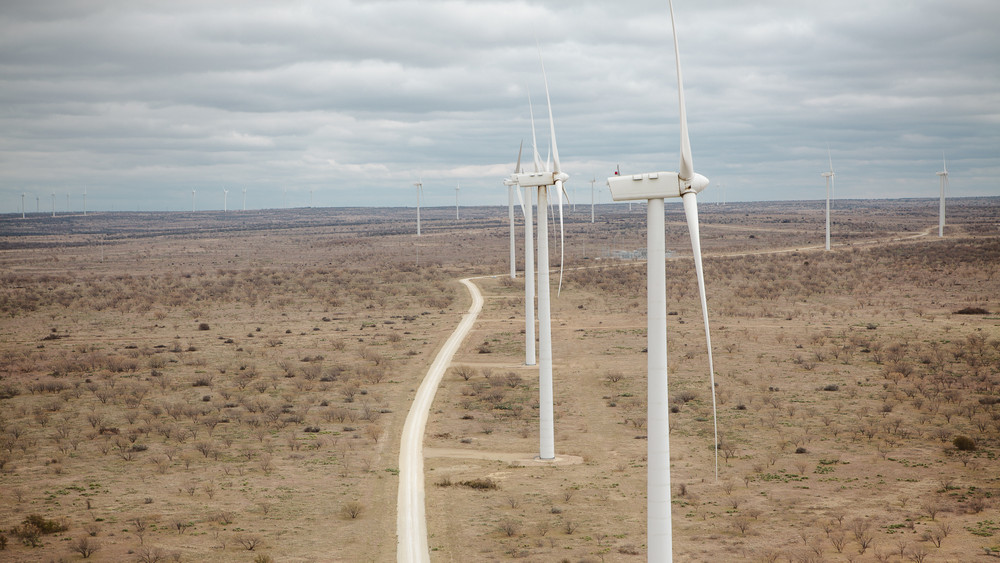Improving the efficiency of wind farm operations
Wind turbines aren't generating power to sell when they're offline for maintenance or warranty repairs. The faster and more reliably turbine technicians can work, the less time turbines are unprofitable. I partnered with UpWind Solutions to design a new software suite for the maintenance workflow, establishing a critical edge over OEM competitors.
When turbines come out of their warranty period, wind farm owners are motivated to improve their ROI by reducing costs of maintenance, increasing operational time, and prolonging asset life. This work typically goes to bid, rather than being automatically awarded to the original manufacturer of the turbines.
As an independent operations and maintenance provider, UpWind Solutions sought to undercut OEMs for these contracts. A particular area of interest was improving the efficiency of their in-house turbine technicians throughout the inspection, warranty repair, and reporting workflow.
We quickly set out to one of the world’s largest wind farms in Texas, interviewing and shadowing turbine techs, resource managers, and site managers as they performed their daily tasks: standup meetings, travel across the farm, safety procedures, climbing towers into turbine nacelles, repairs and inspections, and end-of-day paperwork in the site office.
The ethnographic research uncovered inefficiencies at each step, often related to the uniquely challenging work environment of wind farms.
An an example, technicians would sometimes follow a lengthy safety procedure to take a turbine offline and climb into the nacelle, only to realize they forgot to bring the correct manual, schematic, or checklist.
Onshore wind farms can cover more than 80 square kilometers (30 square miles) over rough, remote terrain. Cellular service is commonly unavailable. Time spent traveling back to the site office for paperwork wasn't billable and kept the turbine offline. As a workaround, some techs devised hacks to get documents onto their personal smartphones.



Findings from the field were augmented with additional planning sessions with leadership, including the review of related products, legacy internal systems, and strategic business goals.
In conjunction with UpWind’s engineering and operations teams and various external contractors, a core inspection tool design was then roadmapped, prototyped, designed, and tested in the field.
The software ran on commercial off-the-shelf Android smartphones and utilized simple, familiar UI patterns. This minimized training and enabled techs to perform data entry while they worked—whether up in a cramped nacelle or hanging on a rope next to a blade.
Additionally, the system operated asynchronously, uploading data whenever the device was connected a network. This eliminated hours of administrative data entry at the end of the technician's day.



The core functionality was subsequently expanded into a suite of products called Smart Tech, covering the full operations and maintenance workflow.
The original inspections app guided technicians step-by-step through complex quality and warranty procedural checklists, submission of safety forms, and collection of photographic observations.
A library app provided easily accessible reference materials, including manuals, schematics, and notes that could be shared between technicians.
Lastly, a task management and time tracking platform enabled site managers to digitally distribute daily task assignments to technicians, analyze results for future work orders and process improvements, and prepare reports for customers / wind farm ownership.
Smart Tech was successfully deployed across North America and Europe and became a core competitive advantage in the marketplace. Upwind went on to be acquired by Vestas, the world’s largest wind turbine manufacturer.

Next Project →
Visualizing the weather day